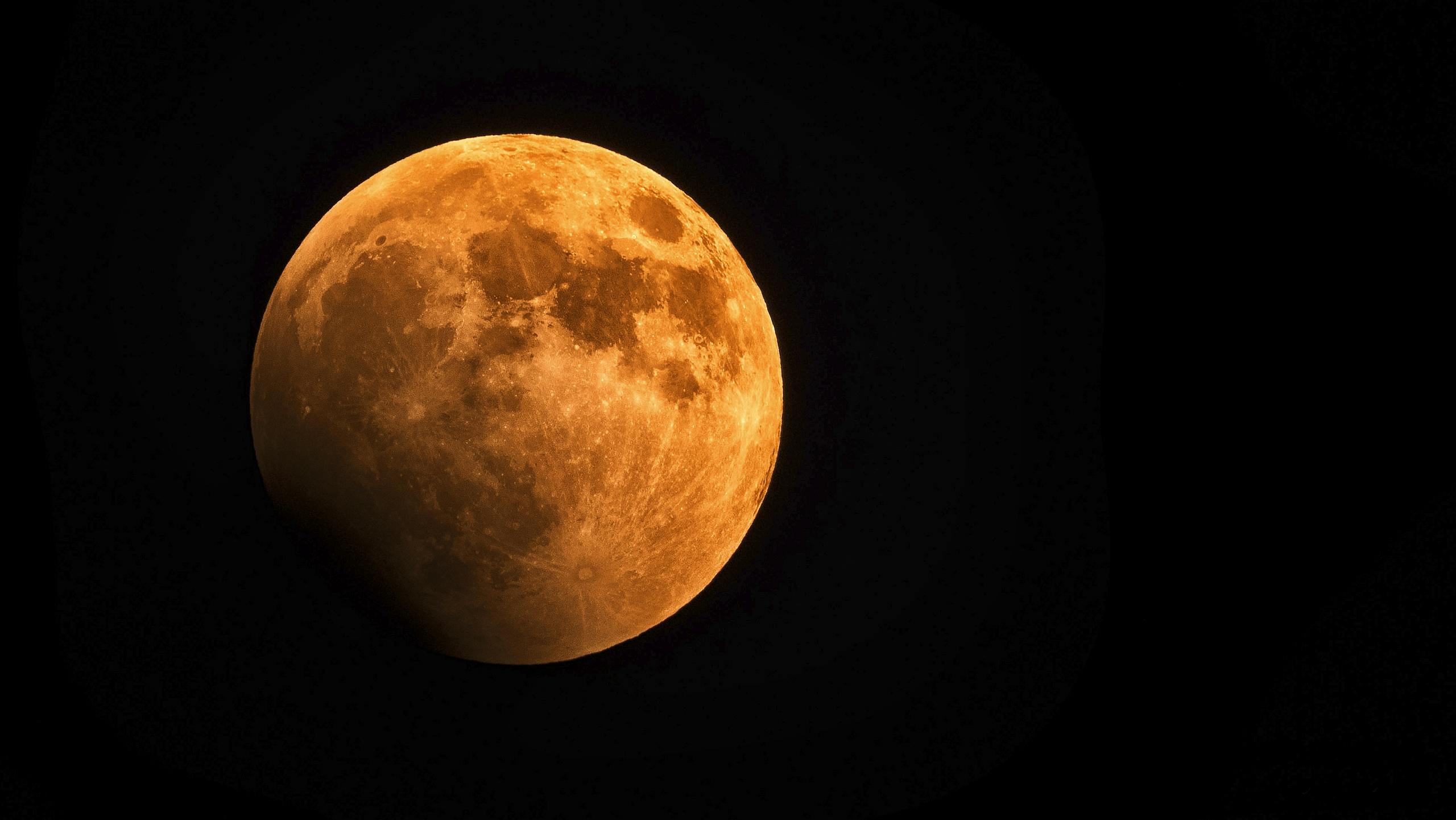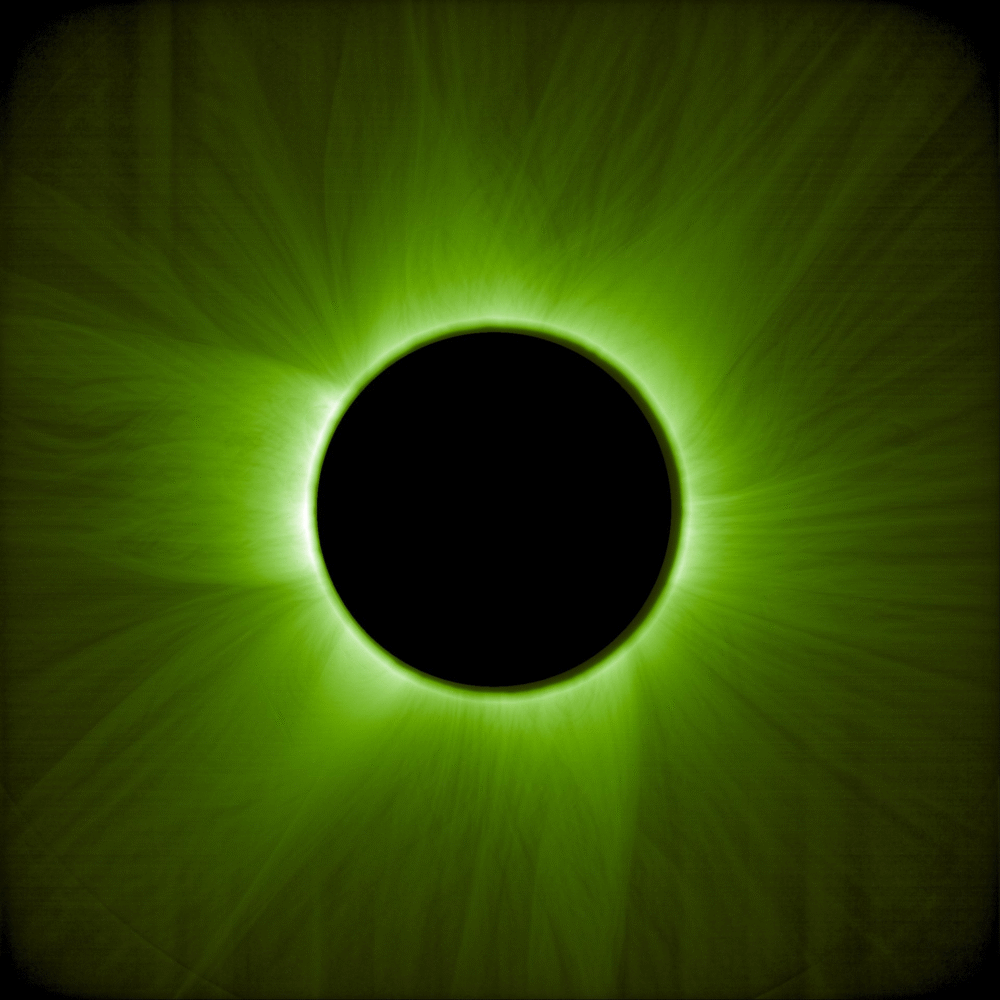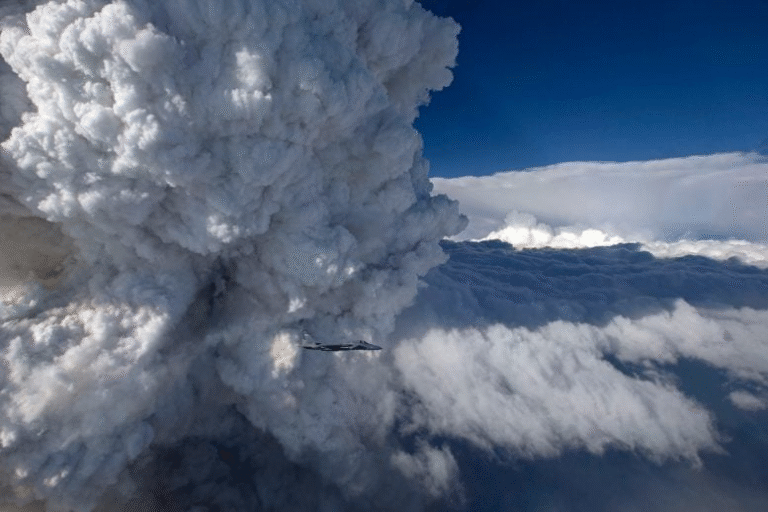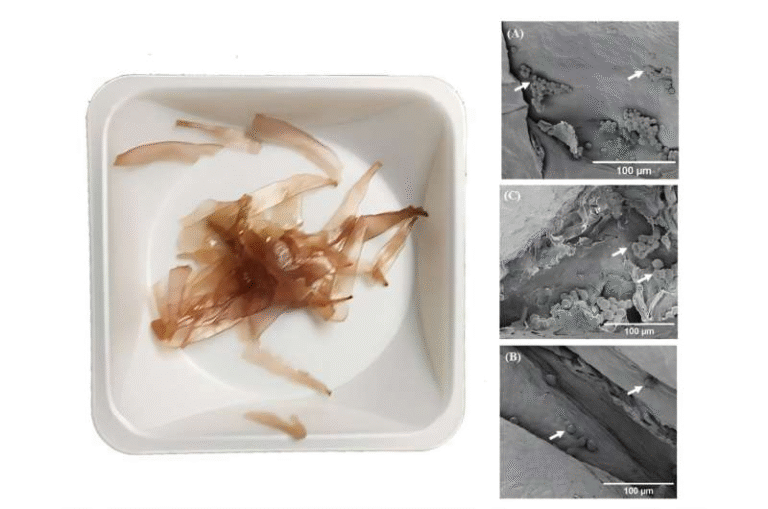Two Spacecraft Pulled Off a Fake Solar Eclipse – And the Result Was Amazing


Solar eclipses are one of those rare cosmic events that make you stop and stare. But for astronomers, they’re more than just a spectacle — they’re an opportunity to study the Sun’s corona, its mysterious outer atmosphere. Normally, the Sun’s brightness drowns out that faint halo of light, so scientists only get a good look during those fleeting minutes when the Moon blocks the Sun.
But eclipses don’t come often, and they only happen along narrow paths across Earth. That means researchers have to scramble to the right place at the right time with the right equipment. Not exactly convenient.
So, what if scientists could create their own eclipse whenever they wanted?
Meet Proba-3: The Artificial Eclipse Maker
That’s exactly what the European Space Agency (ESA) set out to do with Proba-3. This clever mission uses not one but two spacecraft working together.
Here’s how it works: one probe, shaped like a circle when viewed from the front, flies in just the right spot to block the Sun’s blinding light. Meanwhile, the second probe, sitting about 492 feet (150 meters) behind it, carries a camera that snaps incredible images of the corona. Essentially, one satellite plays the role of the Moon, while the other plays the role of the Earth.
This feat isn’t just about pretty pictures, though. Flying two spacecraft in such precise formation is incredibly hard — and mastering it could open doors for future space missions, like satellites that can dock with dead satellites to clean up space junk or telescopes that separate their mirrors from their instruments for sharper views of the cosmos.
Pulling Off the Cosmic Dance
To make this work, the two spacecraft had to orbit Earth in a wild pattern: sometimes as close as 372 miles (600 kilometers), other times as far as 37,282 miles (60,000 km) — that’s about one-sixth of the way to the Moon.
And they weren’t just lazily drifting. At their slowest, they were moving at 5,400 mph (8,690 kph), fast enough to zip from New York to Philadelphia in just one minute. At top speed, they blazed along at 79,200 mph (127,460 kph).
Now, imagine keeping two spacecraft flying side by side, separated by the length of a football field, while both are moving at those speeds — and staying aligned within one millimeter. That’s the level of precision Proba-3 achieved.
And in June 2025, the mission succeeded. The two spacecraft created an artificial eclipse and captured stunning images of the Sun’s corona.
Why This Matters
Beyond breathtaking photos, Proba-3 has a bigger job: studying space weather. The Sun often blasts out energetic particles that race toward Earth. Sometimes, those streams create dazzling auroras, but they can also damage satellites and disrupt communications. By studying the corona more closely, scientists hope to better predict solar storms and protect our technology.
So while Proba-3 is a technology test, it’s also a scientific win. By pulling off this bold experiment, scientists have shown they can choreograph spacecraft with incredible precision — and in the process, they’ve opened a new window to watch the Sun’s hidden beauty.





